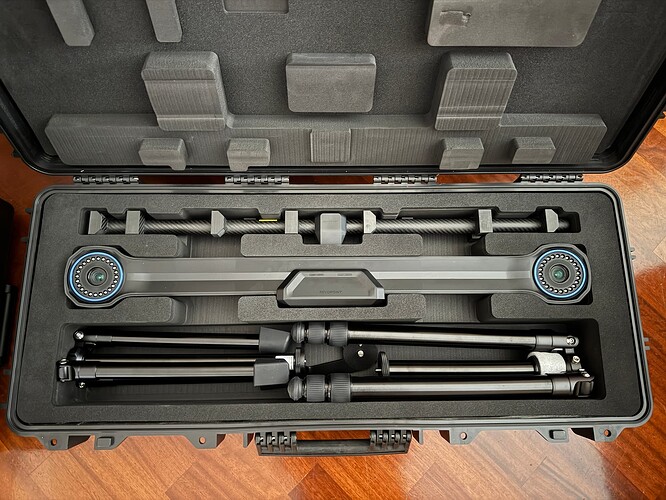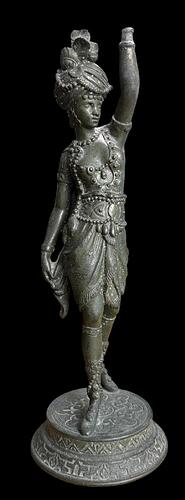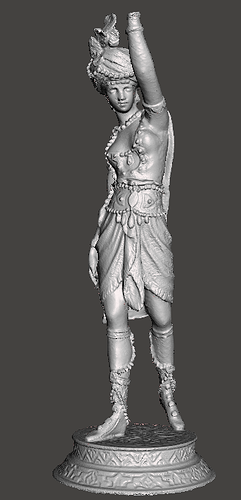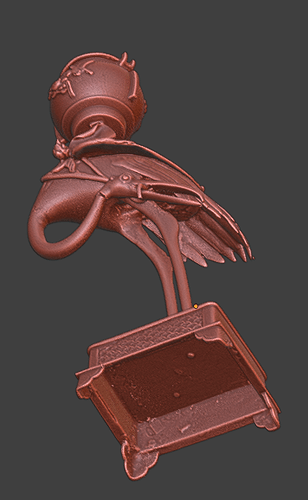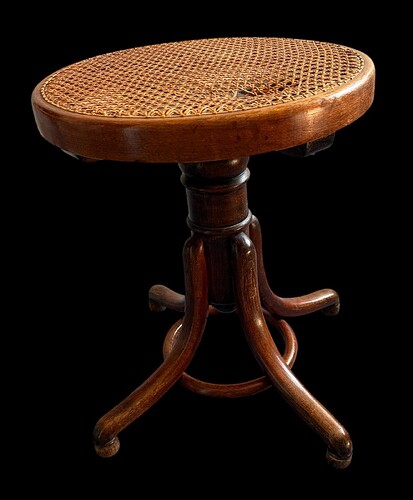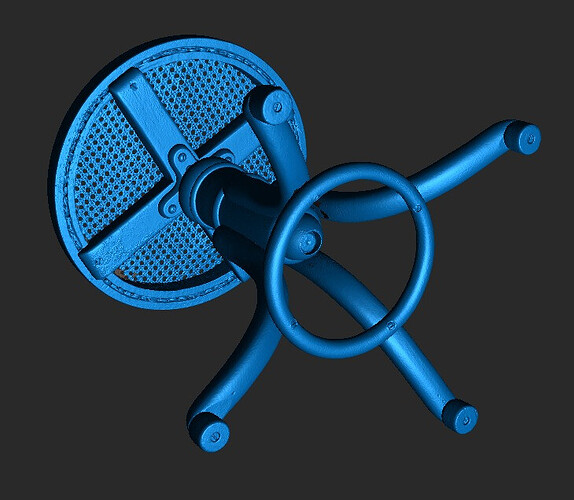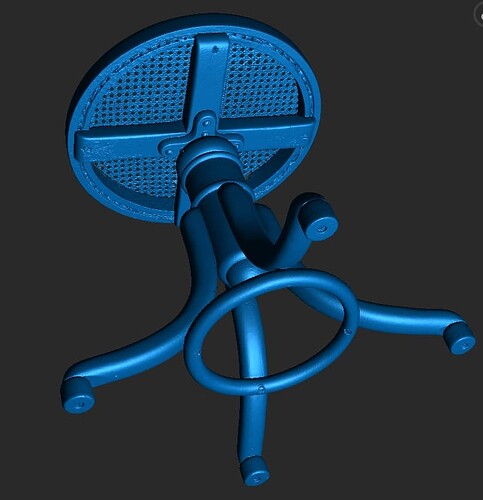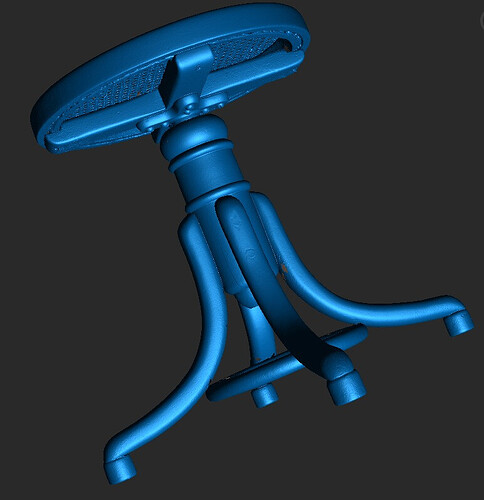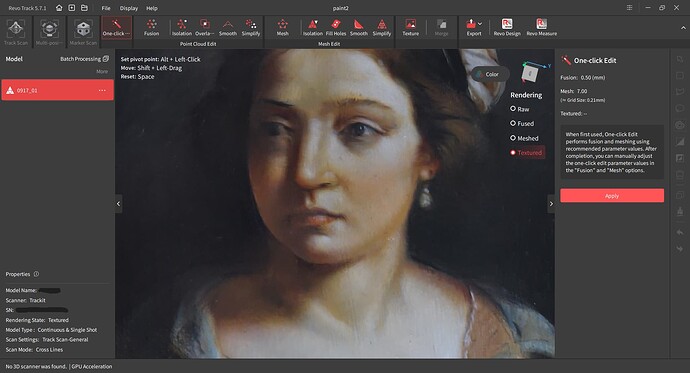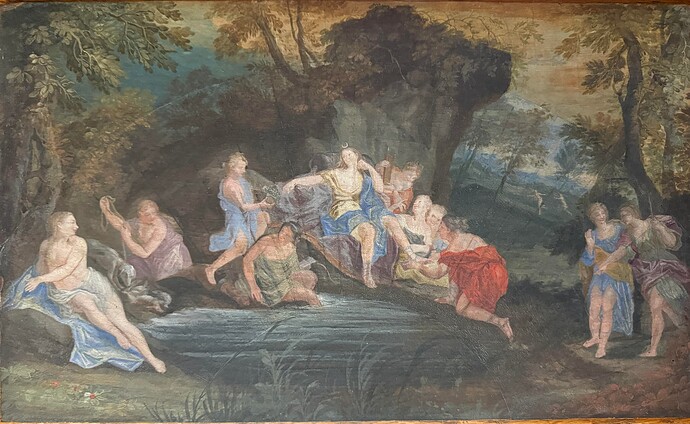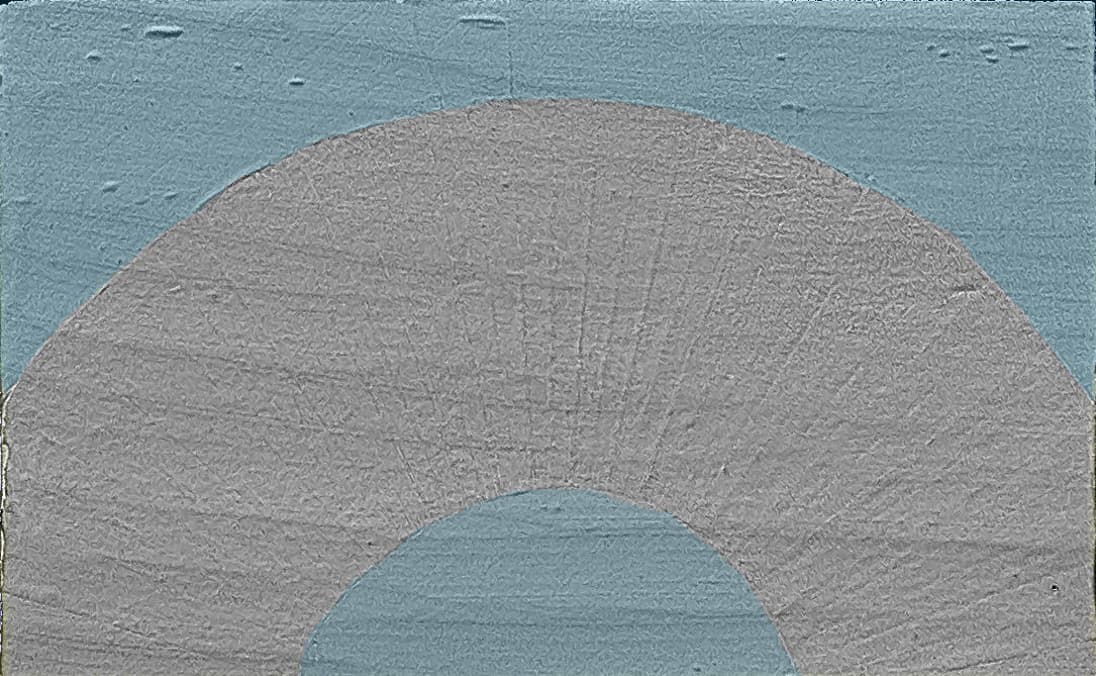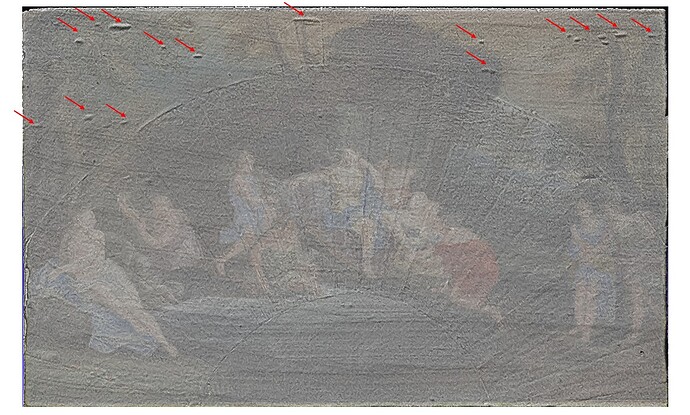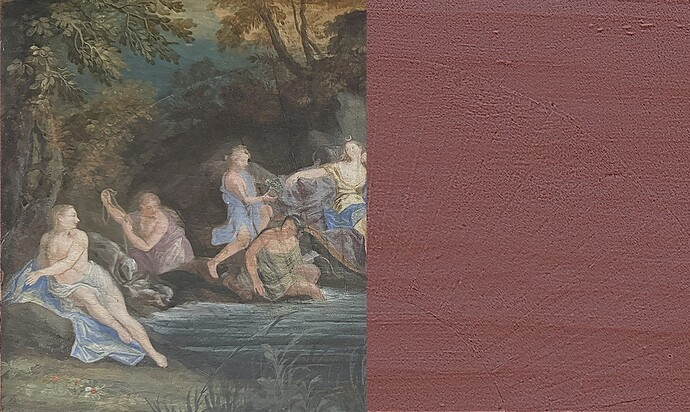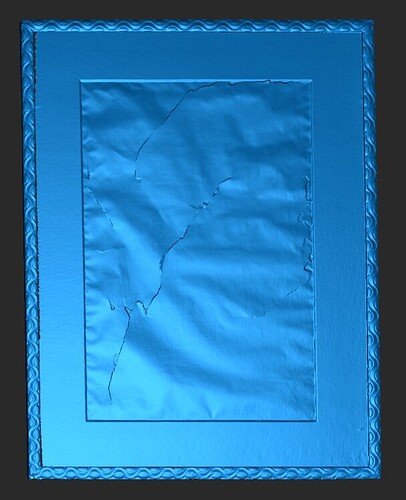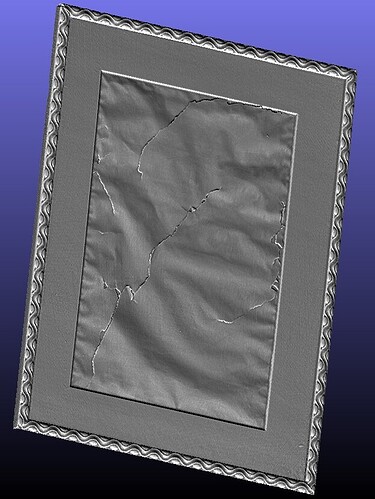An Expert’s Perspective: Trackit for the Cultural Heritage
As a professional conservator-restorer working in Italy—a nation globally renowned for possessing the richest and most extensive cultural and artistic heritage—my daily work involves safeguarding invaluable artifacts, from ancient sculptures to Renaissance masterpieces. This unique professional context shapes my perspective on the adoption of new technologies, particularly sophisticated tools like the Trackit 3D scanner.
In a country where every surface often tells a story, and even the smallest intervention requires meticulous consideration, the challenges of documenting and analyzing cultural heritage are immense. Traditional methods, while fundamental, are increasingly complemented by advanced technologies. However, the integration of such tools must be approached with an understanding of the delicate nature of our subjects.
This is precisely where a scanner like Trackit becomes not just a useful device, but a transformative one for professionals like myself. Its standout features, particularly the ability to perform high-resolution scans without the need for surface preparation or the application of physical markers, are paramount. In Italy, where the aesthetic and material integrity of an artwork is sacrosanct, applying sprays or adhesives is almost always forbidden and would be a non-starter for authorization. Trackit’s sophisticated design directly addresses this critical limitation, allowing us to capture precise digital data while respecting the original state of the object.
For me, Trackit represents the intersection of cutting-edge technology and the stringent requirements of cultural heritage conservation. It empowers us to conduct non-invasive documentation, create detailed digital archives, and even facilitate complex restoration planning, all without compromising the very heritage we are sworn to protect. It’s a testament to how sophisticated technologies can serve even the most demanding and historically sensitive fields.
Last week, the Trackit system arrived to me, not in a typical delivery box, but in two large, robust, and professional-looking trolleys. The immediate impression was one of high quality; it was clear from the packaging alone that this wasn’t just another piece of equipment.
The fact that Trackit was delivered in professional-grade trolleys for transport speaks volumes about the level of the instrument. These aren’t flimsy cases; their robustness is immediately apparent, suggesting they’re built to withstand the rigors of transit. This level of durability is absolutely essential for the safe transportation of sophisticated instrumentation. Delicate components, sensitive electronics, and precision-engineered parts require more than just a cardboard box for protection. The presence of these substantial trolleys indicates a thoughtful approach to safeguarding a valuable and intricate device from potential impacts, vibrations, and other stresses encountered during shipping.
As a restorer-conservator, my work often involves on-site missions where I need to transport specialistic instruments and equipment. For me, the decision to design such secure transport for the Trackit system is incredibly useful and highly appreciated. Knowing that the manufacturer has considered the need for the safest possible transport is a significant advantage. It means I can be confident that this sophisticated tool will arrive at its destination, whether it’s a remote archaeological site or a busy museum, in the same pristine condition it left the lab. This attention to detail in ensuring safe transit isn’t just about protecting the equipment; it’s about enabling me to do my job effectively, without worrying about potential damage to crucial instruments before I even begin.
Ultimately, the delivery experience, right down to those professional, sturdy trolleys, strongly suggests that the Trackit system is a high-level, professional-grade instrument designed for professional applications, where its integrity during transport is paramount.
Unbelievable Precision After a Long Journey
Thanks to these super-robust trolleys, which feature an internal foam compartment system designed to preserve the integrity of the instrumentation, I was able to verify the scanner’s performance after installing the RevoScan software. RevoScan, Revopoint’s free scanning and editing software, has evolved into amazing sophisticated and powerful tool. What truly astonished me was that, despite the thousands of kilometers traveled from China to Rome, Italy, the instrument did not require recalibration! This speaks volumes about the exceptional build quality of the Trackit system and the effectiveness of its specialized packaging. It’s truly remarkable to have such precision maintained over such a long journey.
Calibrating with Ease (Even in My Living Room!)
While the calibration system for the Trackit does require a fairly ample, but not enormous, space, I couldn’t wait to get started. Since the Trackit arrived at my home, I decided to perform the initial setup right in my living room. The calibration process itself is a guided and fully automated system – it’s absolutely brilliant! This user-friendly approach made what could have been a complex task incredibly straightforward, allowing me to get the system up and running quickly and efficiently, even in a non-traditional workspace.
Tackit and a difficult 3D scan: Scanning a 19th-Century English Painting
I’ve always faced extreme difficulty scanning surfaces with uniform morphology, such as the painted surfaces of a 19th-century English painting. It’s simply not possible to attach markers to such delicate artworks, which severely limits traditional scanning methods.
With Trackit, however, it was possible, and I’m thrilled to share my first experience. I intend to scan a larger painting soon, but for this initial test, I focused on a smaller piece. The entire process was remarkably simple and smooth, yielding truly “WOW” results.
What’s more, while my primary goal was to scan the painted surface, I also scanned the magnificent, intricately carved, molded, and gilded frame in stunning detail! I must also highlight that the coexistence of such diverse materials—varying greatly in color, sheen, and texture—never posed a challenge for Trackit. The system handled them all with impressive ease. The images below showcase the amazing results.
You can see in detail how Trackit has “captured” every fine variation of the morphology, making even the restorations of the painted surface visible: truly amazing!
And I’ll stop here for tonight, but I’ll tell you about my experience with Trackit very soon. In the meantime, I recommend you go and see the Kickstarter campaign page, which is going very well, and where you can find a lot of technical information, experiences and much more.






